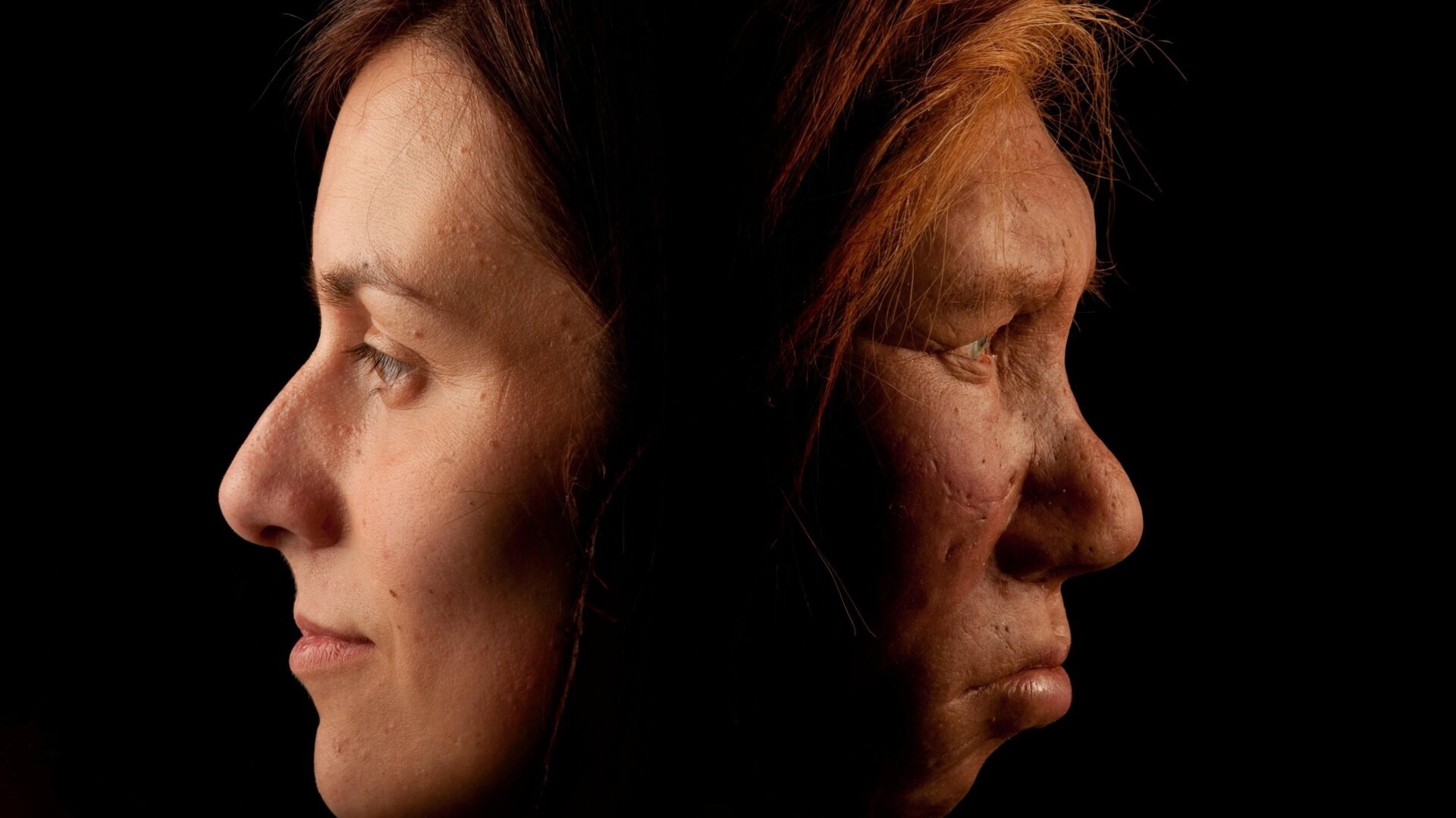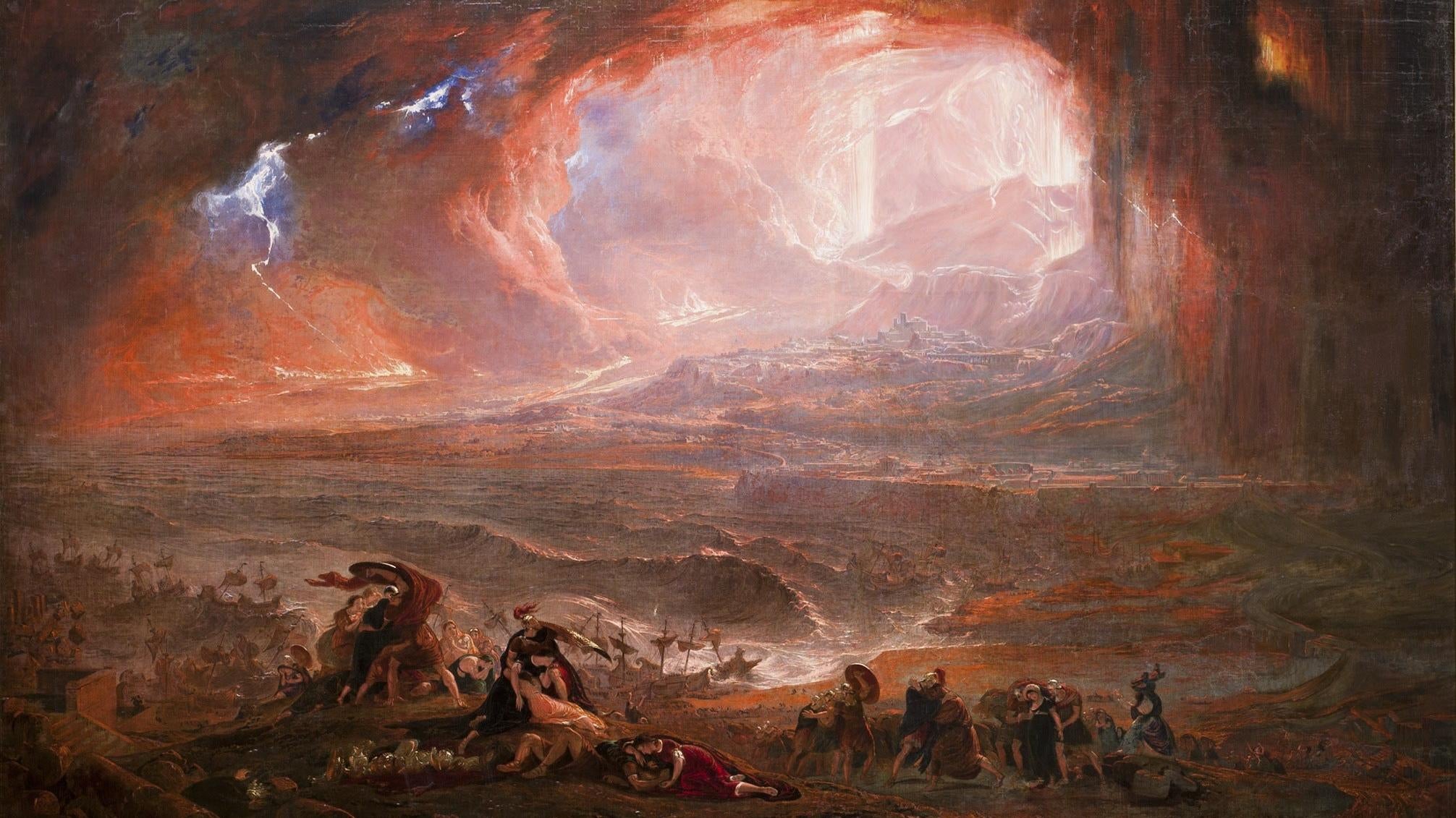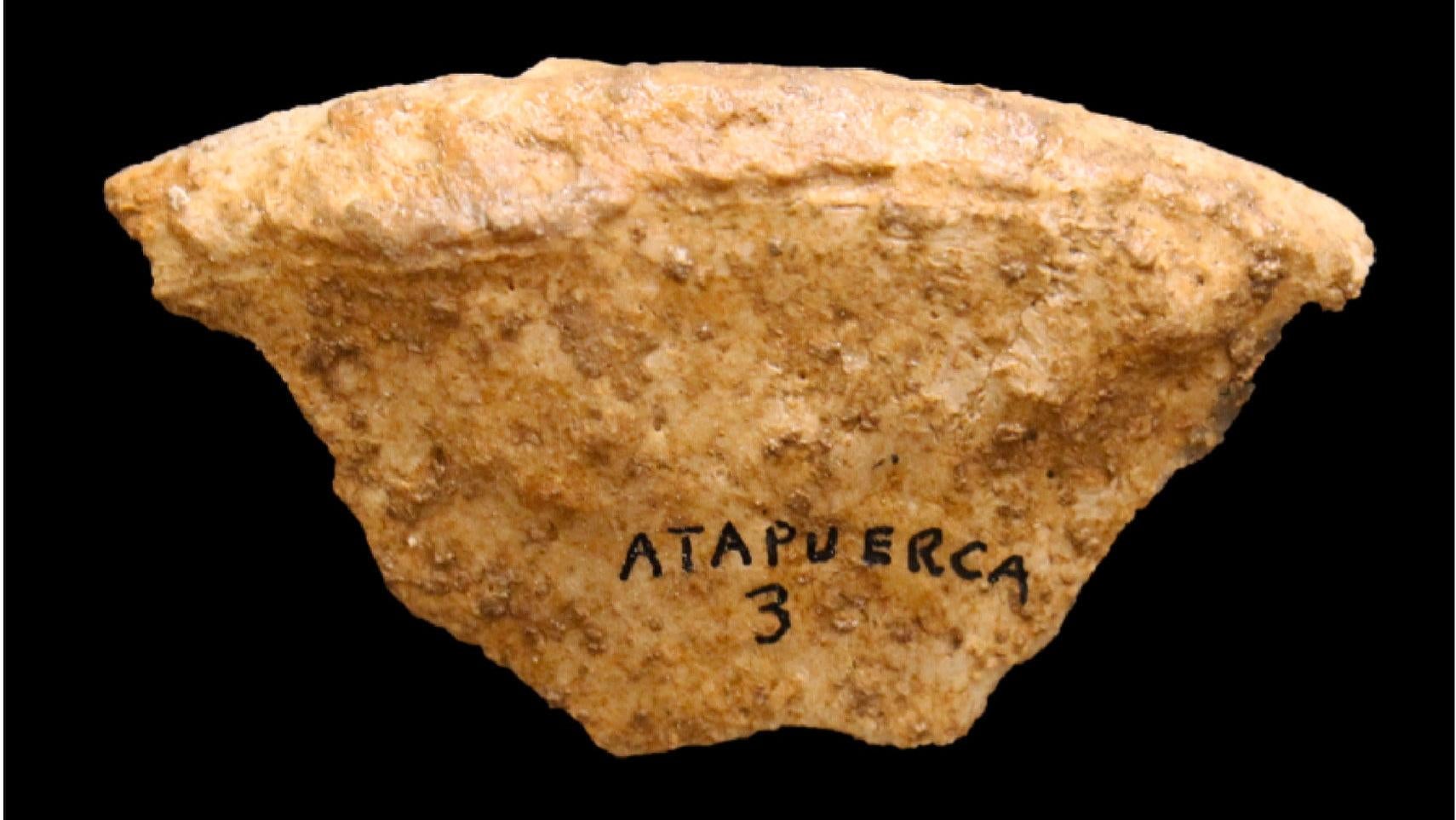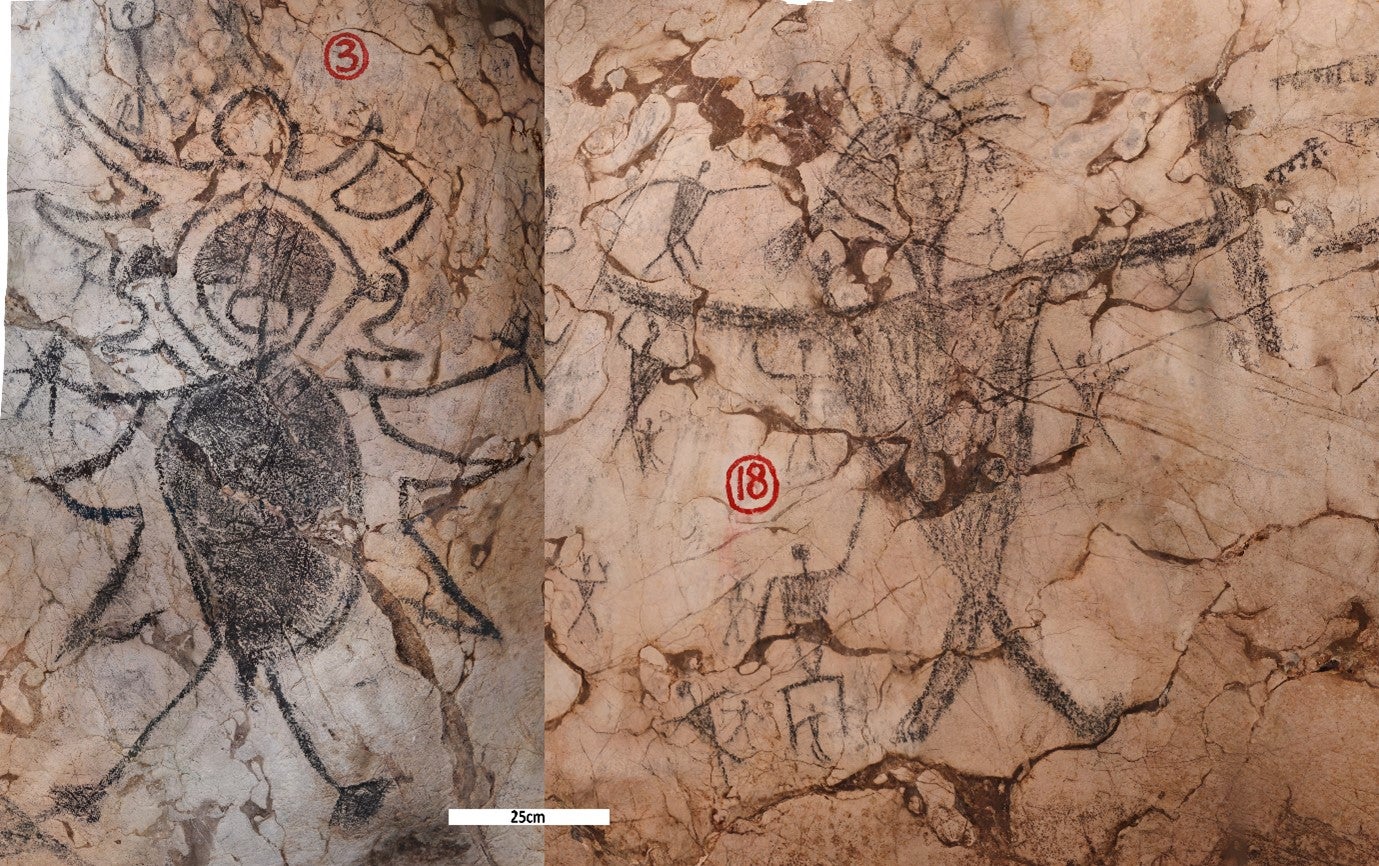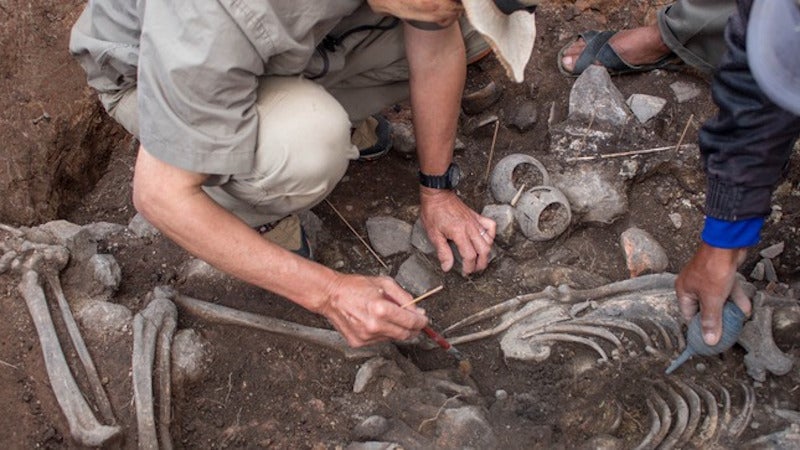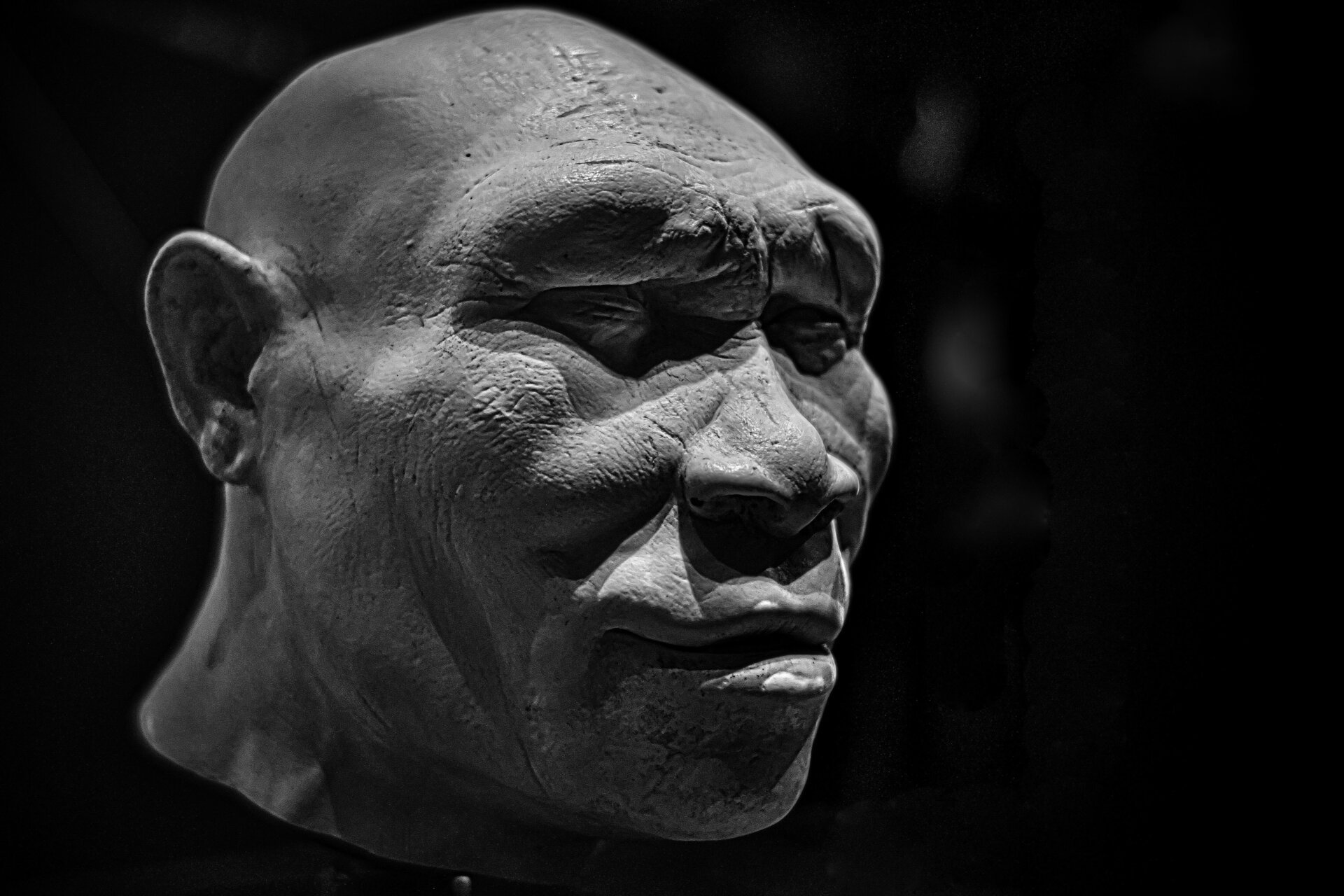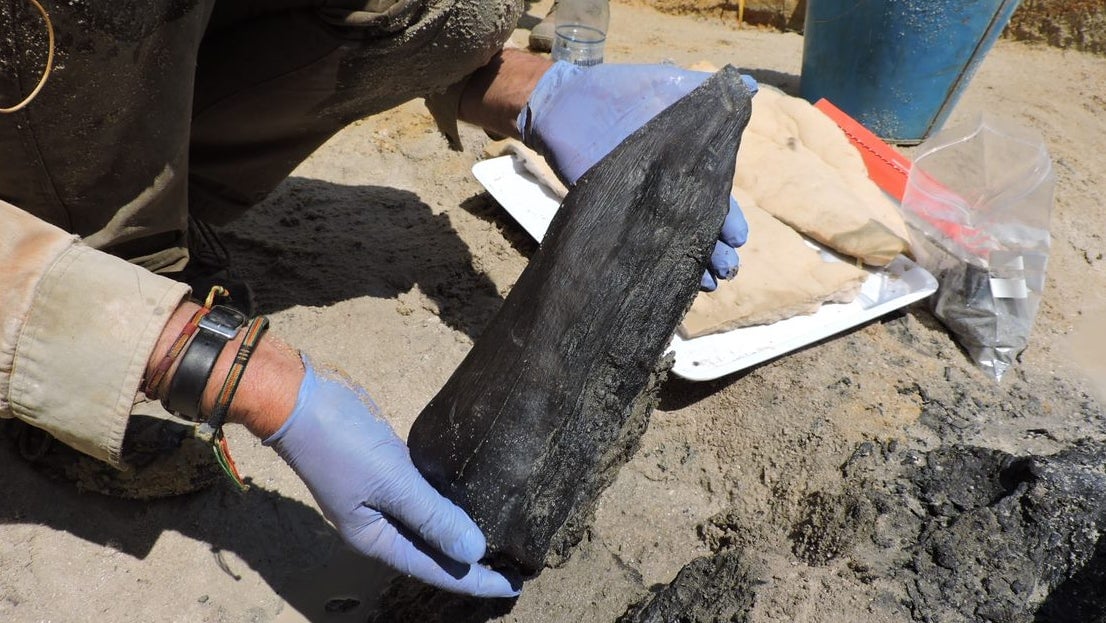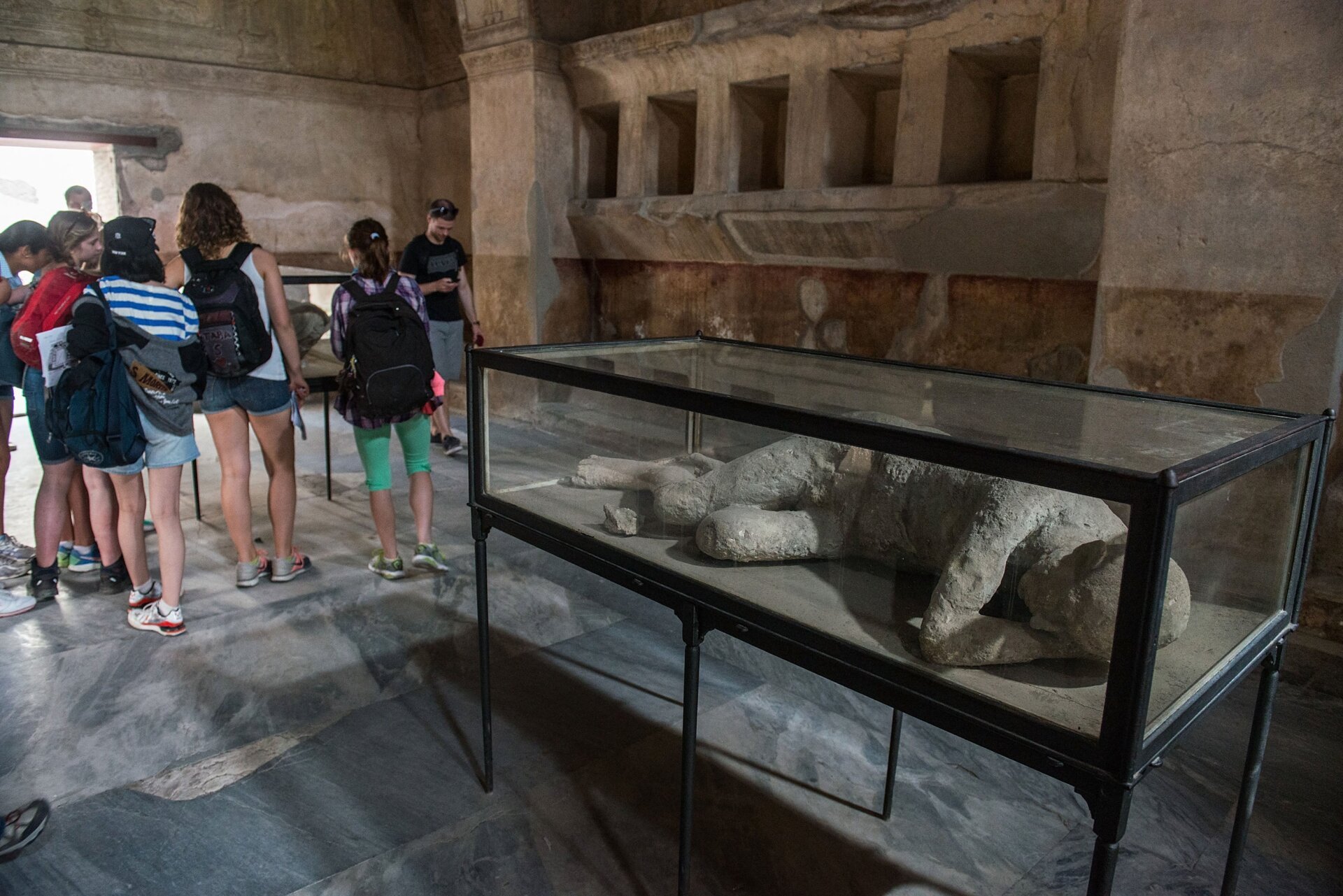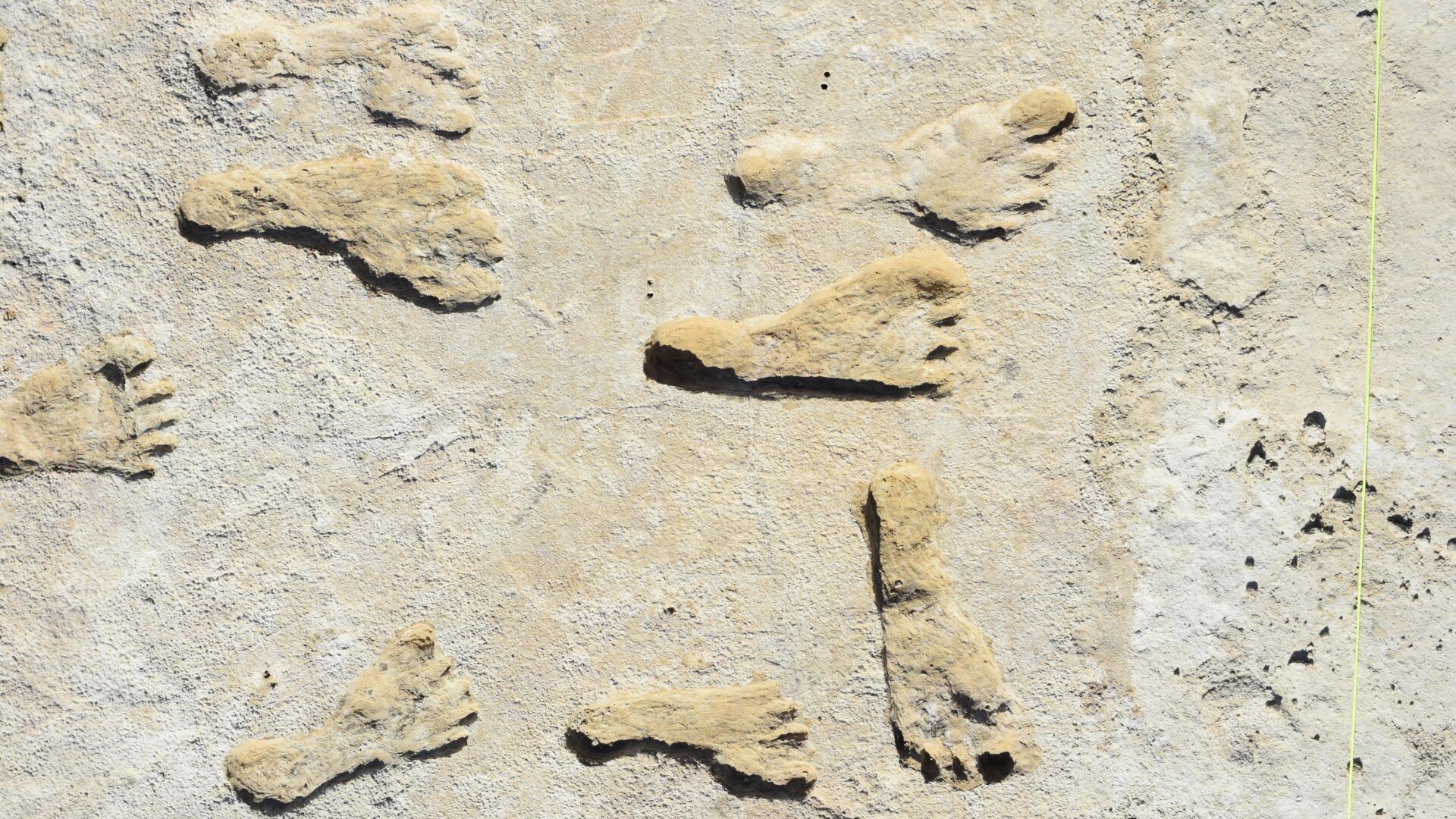The remnants of ancient viruses, including adenovirus, herpesvirus, and papillomavirus, have been discovered within Neanderthal DNA extracted from remains found in Chagyrskaya Cave in the Altai Mountains. This fascinating discovery suggests the possibility of infectious disease transmission between Neanderthals and anatomically modern humans. The research, published on the bioRxiv preprint server, details the identification of conserved segments of these ancient viral genomes, which are inert and pose no threat to modern humans.
Chagyrskaya Cave, located near Okladnikov and Denisova Caves (both renowned for significant hominin fossil discoveries), has provided a wealth of information about Neanderthal life. In 2022, researchers identified family members from DNA extracted from Neanderthal remains found at the site. A high-quality genome from a Chagyrskaya Neanderthal was first published in 2020, paving the way for this groundbreaking viral discovery.
While the viruses found within the Neanderthal genomes are undeniably ancient, dating back to a time when Neanderthals walked the Earth (which went extinct around 40,000 years ago), they are not the oldest viruses ever discovered. Evidence of viruses in vertebrates stretches back hundreds of millions of years. For example, in 2019, researchers identified 290-million-year-old evidence of bone disease in an amniote, potentially representing the earliest indirect evidence of a virus in the fossil record.
 Chagyrskaya Cave, in the Altai Mountains.Chagyrskaya Cave, situated in the Altai Mountains of Russia, is the source of the Neanderthal remains in this study. Photo: Tbviola
Chagyrskaya Cave, in the Altai Mountains.Chagyrskaya Cave, situated in the Altai Mountains of Russia, is the source of the Neanderthal remains in this study. Photo: Tbviola
More direct evidence of ancient viruses is found by analyzing ancient DNA corrupted by the viral loads that once infected ancient cells. In 2022, researchers studied the presence of herpes in Bronze Age remains. The team behind the Neanderthal virus discovery employed a similar approach, extending the analysis further back in time. They scanned Neanderthal DNA, mapping it against adenovirus, herpesvirus, and papillomavirus. The presence of remnants of all three viruses indicated that these Neanderthals had been infected during their lifetime.
According to Marcelo Briones, a genome researcher at the Federal University of São Paulo in Brazil and the preprint’s lead author, the Neanderthal DNA contains a mixture of genetic material from the Neanderthal, bacteria, fungi, and viruses. The team’s analysis confirms that the viral genome changes are consistent with the age of the Neanderthal bones, proving they are not modern-day contaminants. Evolutionary trees constructed by the team also demonstrate that the viruses were specifically human viruses, ruling out the possibility of contamination from other mammals.
The research suggests that the viruses were pathogens that infected Neanderthals, potentially persisting throughout their lives. Briones hypothesizes that early modern humans, living in diverse environments with various virus-hosting species (like rodents, bats, and insects), may have developed a stronger genetic resistance to infectious diseases compared to Neanderthals. He further suggests that the Neanderthals’ limited genetic diversity and smaller population size may have increased their susceptibility to disease, making transmission from early modern humans to Neanderthals more likely than the reverse.
Opportunities for viral transmission between early modern humans and Neanderthals were plentiful. While several factors likely contributed to the Neanderthals’ extinction, studies suggest that interbreeding events with anatomically modern humans played a significant role. These intimate interactions may have facilitated the transmission of not only genetic material but also viral loads. The research team plans to develop primers to amplify the viral DNA within the Neanderthal DNA, further refining the identification of the viral components.
Further research into ancient viral DNA promises to reveal more about the complex interactions between viruses and our ancestors, shedding light on the evolutionary history of both humans and pathogens. This research builds on previous discoveries, such as the identification of ancient DNA depicting a battle between viruses and our ancestors.



